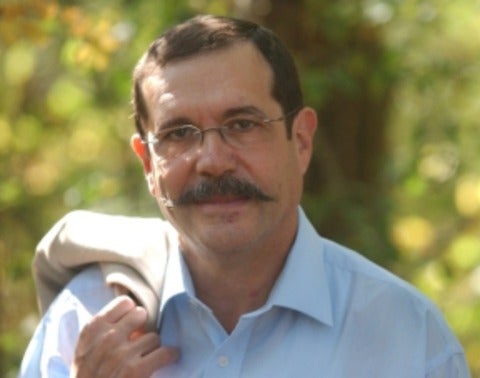Sean Hallgren: A quantum algorithm for computing the unit group of an arbitrary degree number field
Sean Hallgren, Pennsylvania State University
Computing the group of units in a field of algebraic numbers is one of the central tasks of computational algebraic number theory. It is believed to be hard classically, which is of interest for cryptography. In the quantum setting, efficient algorithms were previously known for fields of constant degree. We give a quantum algorithm that is polynomial in the degree of the field and the logarithm of its discriminant. This is achieved by combining three new results.

 Join us for the next Quantum Frontiers Distinguished Lecture Series when Dr. Alain Aspect will talk about the weirdness of wave particle duality.
Join us for the next Quantum Frontiers Distinguished Lecture Series when Dr. Alain Aspect will talk about the weirdness of wave particle duality.